By now, you’ve noticed that sustainable product packaging is the new normal. It’s part of everyday life. You recycle, you’ve got a couple of those reusable canvas shopping bags, maybe you even drive a Prius. You do what you can to reduce your environmental impact because you care about the planet. So do your customers.
We won’t demand that you start riding your bike to work or composting in your apartment. In fact, you’re likely already contributing to a more sustainable planet. Seriously. Purchased anything in a nice, quality paperboard package recently?
If so, you’ve supported one of the most sustainable segments of the packaging industry, while still getting the product you wanted to buy! Admit it– that makes you feel good. It makes your customers feel good too.
So, whether you’re a small business owner launching your first product, a brand manager bringing a refreshed line to market, or a capabilities buyer looking to make your mark: here are five things you need to know about sustainable product packaging, and how it is going to help you crank up your bottom line.
Packaging can be problematic. The plastic husk your headphones came in or the Styrofoam coffin protecting your burger will likely spend eternity in a landfill. Packaging takes up a lot of space and is typically discarded immediately.
The solution is, of course, recycling. Not very sustainable to keep loading our already overflowing garbage dumps with junk indefinitely, after all. Trouble is, plastics, metals, and glass come in different grades and cannot be intermixed. Different chemical components and different melting points determine what gets recycled. Thus, a substantial amount of packaging ends up at the dump, barely degrading over time and contributing to the proliferation of methane gas. The exception is paper products.
Since 1990, Americans have recycled approximately one billion tons of recovered paper fiber and the recovery rate for paper and paperboard in the US has nearly doubled to reach 65.1 percent in 2012. Paper is the most widely recycled material around. It naturally lends itself to sustainability. Every stage of the paper manufacturing process is inherently, or at least potentially, sustainable.
In contrast to petroleum-based plastics, paper is renewable and abundant. We tend to associate harvesting trees with ruthless deforestation, but in North America, the most industrial paper is harvested from managed forests. Several organizations such as the Forest Stewardship Council® (FSC) and the American Tree Farm System® (AFTS) ensure paper is sourced sustainably. If that doesn’t comfort you, of all the harvested timber, only 36% goes to the production of paper in the US, the rest comes from recycled paper and sawmill residue.
Whether from virgin trees or last week’s newspaper, all manufactured paper starts as a slurry of fiber, which is pressed and dried into various grades. Some of this paper fiber is lucky enough to become paperboard packaging. Paperboard mills use more recovered fiber than any other segment of the paper industry. The material is conducive to repeated reuse through the recycling process once it reaches the end of its lifespan. Paperboard is undeniably renewable and undoubtedly the most sustainable of all packaging options.
So, recycled paper from sustainable product packaging is good for the planet. Not exactly a startling revelation. But why is it good for business? Why is it good for the consumer? As manufacturers of rigid paperboard packaging, we don’t have to abandon quality or design to accommodate the changing market. Our work is inherently sustainable. Not to mention, the durable, versatile nature of the material lends to quality packaging that appeals to all senses. Structurally, paperboard can be cut and scored into virtually any shape while retaining resilience and strength. Graphically, paperboard invites gorgeous ornamentation from foil stamping and embossing to glossy finishes and UV coating. It’s tough enough to house just about any product and malleable enough to adapt to branding needs.
In a practical sense, many of the packages we make have the potential to live on as keepsake boxes, treasure chests, or storage containers. Should you feel the need to part ways with one of our boxes, they are easily recycled.
-
The people have spoken.
A 2014 Nielsen survey revealed that fifty-five percent of global online consumers are willing to pay more for products and services provided by companies that are committed to positive social and environmental impact. A company’s green behavior goes a long way when it comes to building consumer confidence. Particularly among the burgeoning Millenial market, who value social responsibility and brand trustworthiness as the ultimate criteria for their purchases. Supporting a brand that aligns with their beliefs is an increasingly critical factor for consumers. The organic, fair-trade, locally sourced products they demand are hand-in-hand with the spike in sustainable purchasing.
Sustainable packaging will subject many products to an eco-facelift in the near future, and we’re sure to see serious changes in the role of plastics in the market. Innovations like bamboo fiber and nanocellulose are already making an impression, and even edible packaging is starting to trend. Some of us, however, won’t have to change much at all. Paperboard packaging is already about as sustainable as it gets.
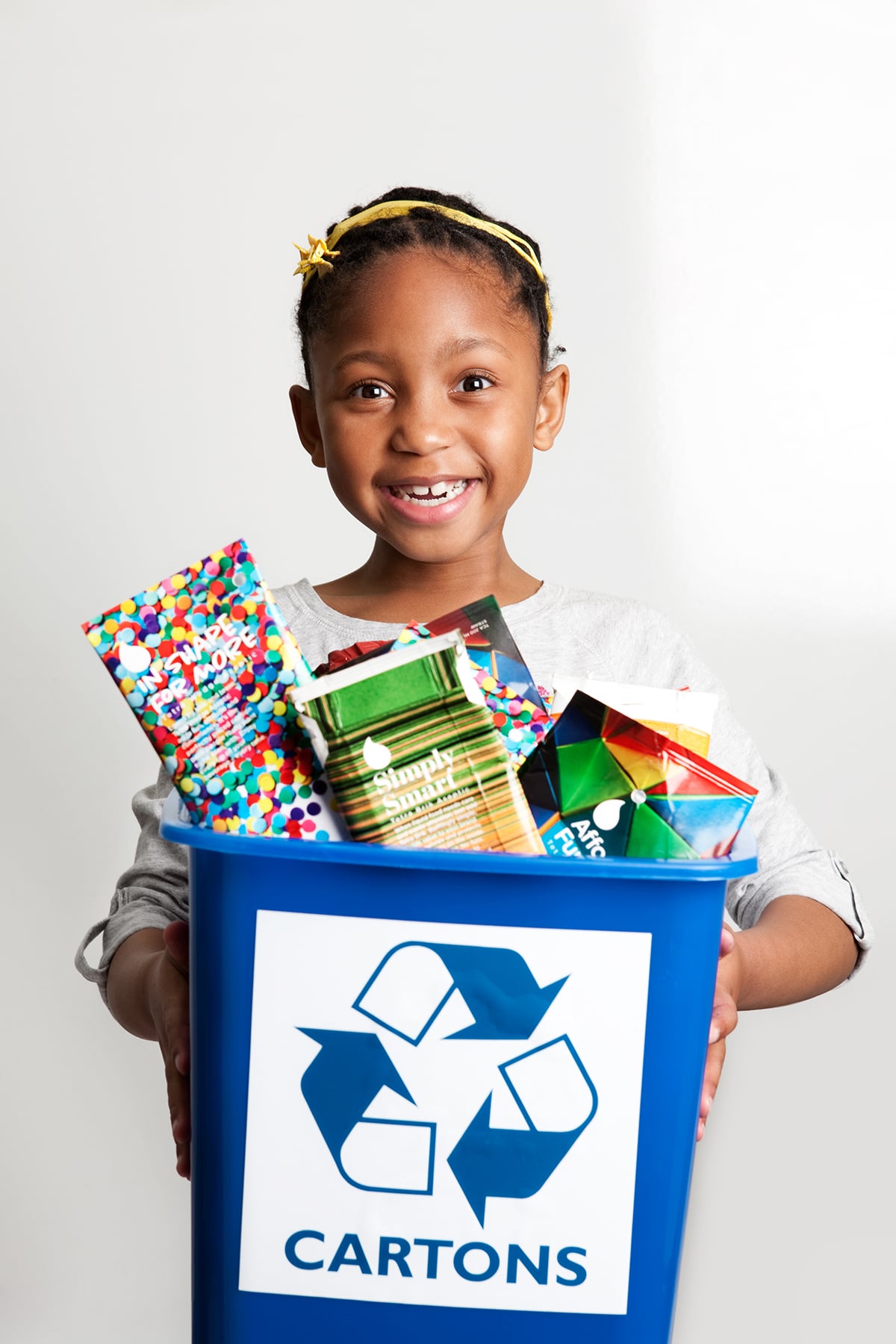





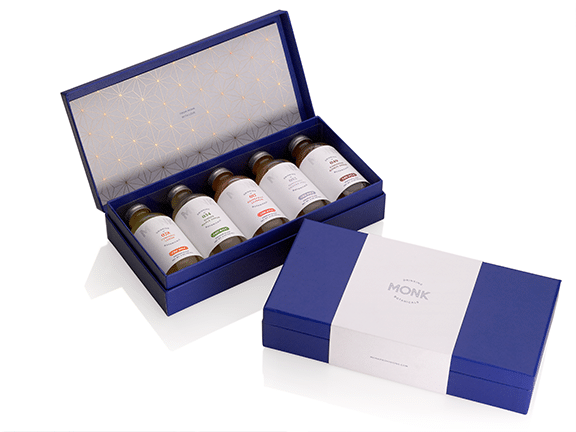
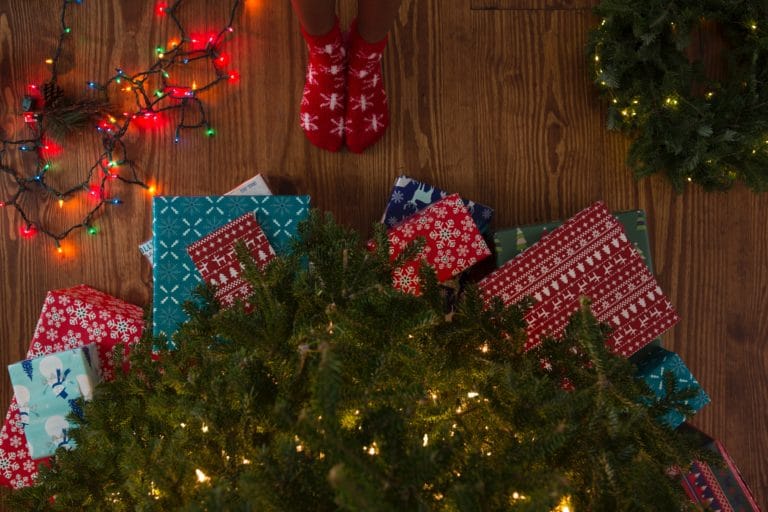
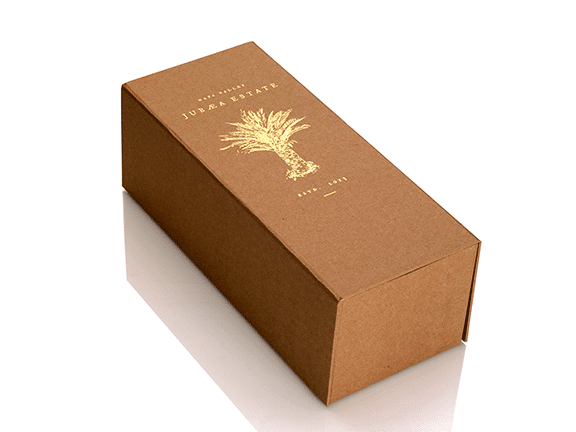
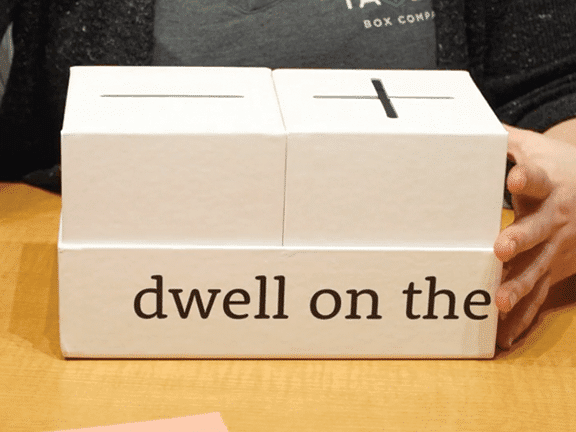
Join the Conversation